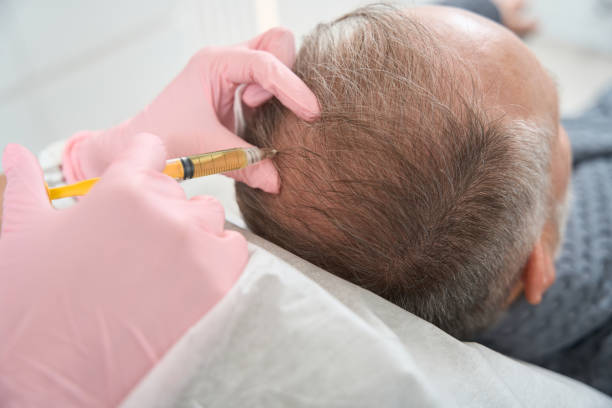Unmasking the Mystery: Understanding and Treating Under-Eye Bags
Under-eye bags—a term that can send shivers down the spine of even the most self-assured individuals. These pesky, puffy intruders under our eyes are a common cosmetic concern, often associated with aging, stress, or lack of sleep. But what exactly are they, why do they appear, and most importantly, how can we treat them? Let's delve into the science behind under-eye bags, explore their causes and implications, and unearth some effective solutions.

The Anatomy of Under-Eye Bags
The skin under our eyes is delicate and thin, with a dense network of blood vessels and minimal fat padding. As we age, the skin loses its elasticity, and the fat that used to be evenly distributed starts to accumulate under the eyes, forming a bag-like appearance. This process can be accelerated by factors like lack of sleep, poor diet, or genetics.
Under-eye bags are not just a cosmetic issue; they can also indicate underlying health problems. They may be a sign of allergies, sinus problems, or kidney issues. In rare cases, they can be a symptom of thyroid or cardiovascular diseases. Therefore, persistently severe under-eye bags should not be ignored and warrant a visit to a healthcare professional.
Historical and Cultural Perspectives on Under-Eye Bags
Interestingly, under-eye bags have not always been seen as something undesirable. In ancient Egyptian culture, under-eye bags were often exaggerated in artistic depictions of gods and royalty, symbolizing wisdom and experience. Even in the modern beauty world, there are regions like South Korea, where the term “Aegyo Sal” refers to a desirable puffiness under the eyes, thought to make the face appear more youthful and cheerful.
However, in most cultures today, under-eye bags are generally associated with fatigue, aging, and poor health, triggering a demand for solutions to reduce their appearance.
Current Trends in Eye Bag Treatments
The beauty industry has capitalized on this demand, with countless products and treatments claiming to banish under-eye bags. From creams and serums infused with retinol, hyaluronic acid, and caffeine, to cooling eye masks and jade rollers, the market is saturated with options.
However, while these topical treatments can temporarily reduce puffiness, they can’t reverse the natural aging process that causes fat to accumulate under the eyes. For a more permanent solution, people often turn to cosmetic procedures like fillers or surgery. These procedures can be effective but come with potential risks and a hefty price tag.
The Impact of Lifestyle on Under-Eye Bags
While genetics play a significant role in the development of under-eye bags, lifestyle choices can also greatly influence their appearance. Lack of sleep, a diet high in salt, and excessive alcohol consumption can exacerbate water retention in the under-eye area, making bags more prominent.
Also, prolonged screen time can strain the eyes, leading to swelling and dark circles. Therefore, adopting a healthy lifestyle—adequate sleep, a balanced diet, regular exercise, and limited screen time—can help mitigate under-eye bags.
The Reception of Alternative Treatments
There’s a growing interest in natural and non-invasive treatments for under-eye bags. Home remedies like cold compresses, tea bags, cucumber slices, and potato juice have gained popularity for their de-puffing effects. Facial exercises and massages are also recommended to improve blood circulation and lymphatic drainage in the under-eye area.
Although these methods are not scientifically proven to permanently eliminate under-eye bags, many people find them beneficial for temporary relief. They’re also appealing because they’re inexpensive, accessible, and have little to no side effects.
Final Thoughts: A Balanced Approach to Under-Eye Bags
While it’s normal to desire a fresh, youthful appearance, it’s crucial to remember that under-eye bags are a natural part of aging and not a flaw. Instead of viewing them as something to be erased, we can approach them as an opportunity to adopt healthier lifestyle habits and take better care of our skin.
If under-eye bags are affecting your self-esteem or indicating a health issue, professional consultation is recommended. However, for many, a combination of a balanced lifestyle, good skincare routine, and occasional home remedies can effectively manage under-eye bags, promoting not just physical beauty, but also a sense of self-acceptance and well-being.




